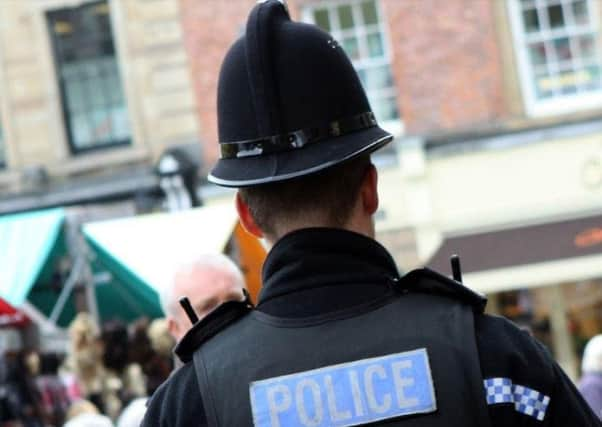West Yorkshire Police set to reverse neighbourhood team cuts after crime rise


Yorkshire’s biggest police force has blamed funding cuts and an increase in demand for its decision to dramatically reduce the number of officers carrying out problem-solving and engagement work on the streets of the county.
It has now admitted that this has led to victim satisfaction rates falling, increases in crime and “isolated instances of community tension”.
Advertisement
Hide AdAdvertisement
Hide AdA recent report by Her Majesty’s Inspectorate of Constabulary said the force had a good understanding of threats such as child sex abuse and cyber crime “but at the local level it lacks the means to understand its changing and emerging communities”.
At a scrutiny meeting this month, councillors in Wakefield demanded answers from police bosses after claiming the number of officers in the district was being cut from 39 to 24.
Figures seen by the YEP show the number of officers and PCSOs employed in neighbourhood policing county-wide have fallen from 2,613 in 2011 to 2,191 in 2016.
The number of ward officers, who have a specific beat in West Yorkshire and are tasked with dealing with local problems before they escalate, is down to just 237 from 983 over five years.
Advertisement
Hide AdAdvertisement
Hide AdThis is partly down to shake-up which saw hundreds of officers moved into 24/7 patrol teams with a greater emphasis on responding to 999 calls and investigating crimes.
But bosses now admit that moving officers from local roles to response teams “has been to the detriment of traditional neighbourhood work”.
The easing of austerity cuts has meant the force is increasing its manpower by 200 this year, 100 of whom will be going into neighbourhood policing roles.
The force said in a report outlining its plans: “Now is the perfect time to rebuild neighbourhood Policing in West Yorkshire, to be what we (the police, the public and our partners) want it to be and ensure this is consistently delivered across the force.”
Advertisement
Hide AdAdvertisement
Hide AdIt added: “It is critical that our policing model is fit for policing in the future and that the additional investment of up to 100 posts delivers a significant step-change in our performance.”
West Yorkshire Police has launched a neighbourhood policing review in a bid to improve the service.
It is hoped that by focusing on preventing harm in the first place and stopping it from recurring, demand on the force can be reduced.
A business case for how neighbourhood policing will look will be presented in November, with a view to putting the plans in place in January.
Advertisement
Hide AdAdvertisement
Hide AdPolice and crime commissioner Mark Burns-Williamson told members of a scrutiny panel this month “sadly we have seen some reductions in neighbourhood policing”, but that the nummber of PCSOs in the county was protected at 571.
Deputy Chief Constable John Robins told the same meeting that the force was “not where we want to be”, and that it would take time for the new officers to be trained up and be deployed around the county.
Steve Tulley, a member of the police and crime panel that scrutinises Mr Burns-Williamson, said his local area of South Elmsall “needed neighbourhood policing like we need fresh air”.
He told the YEP: “There are times in my community where there is no visible policing presence from one day to another. Neighbourhood policing is the key to everything that goes on, as far as I am concerned.”